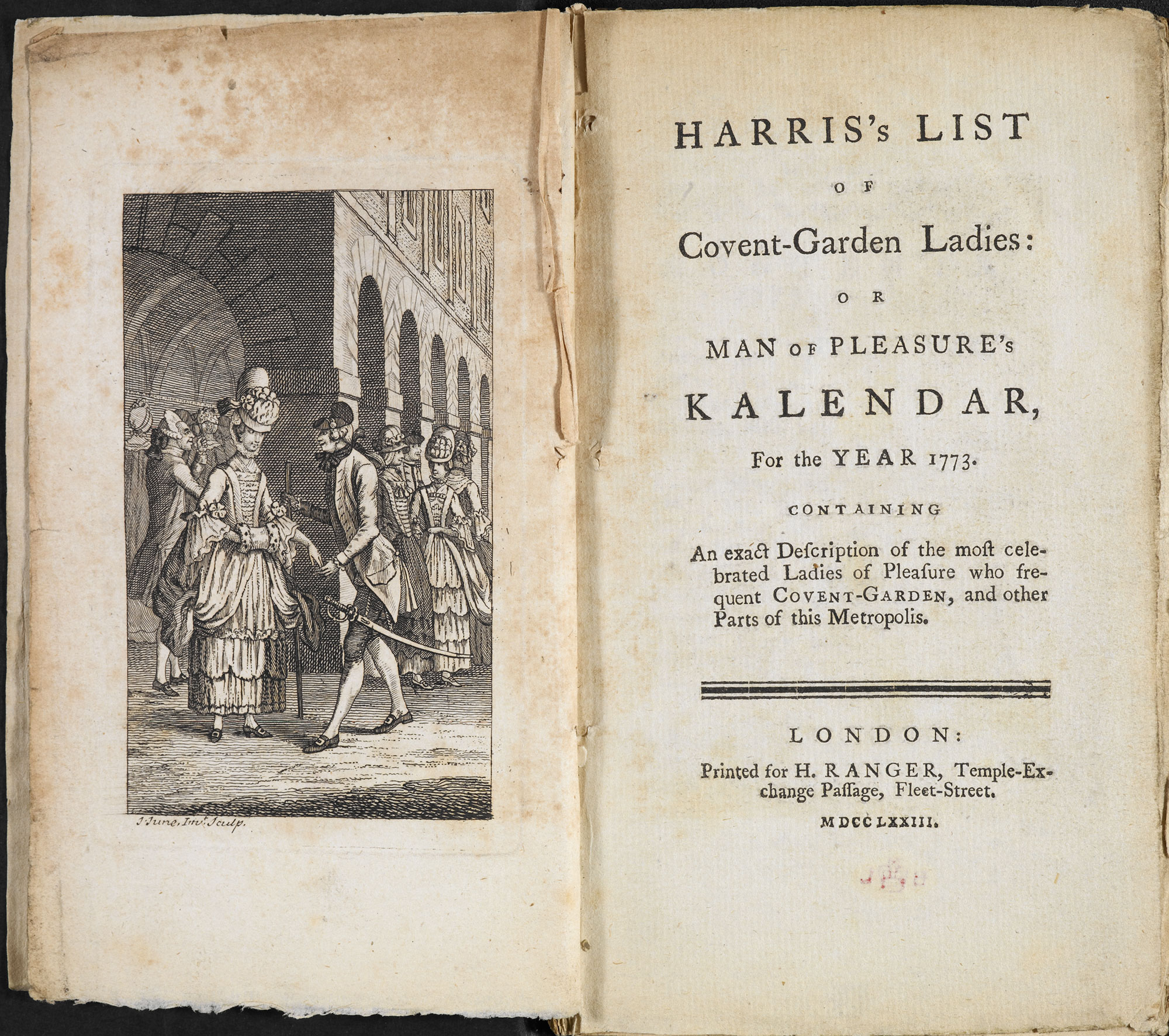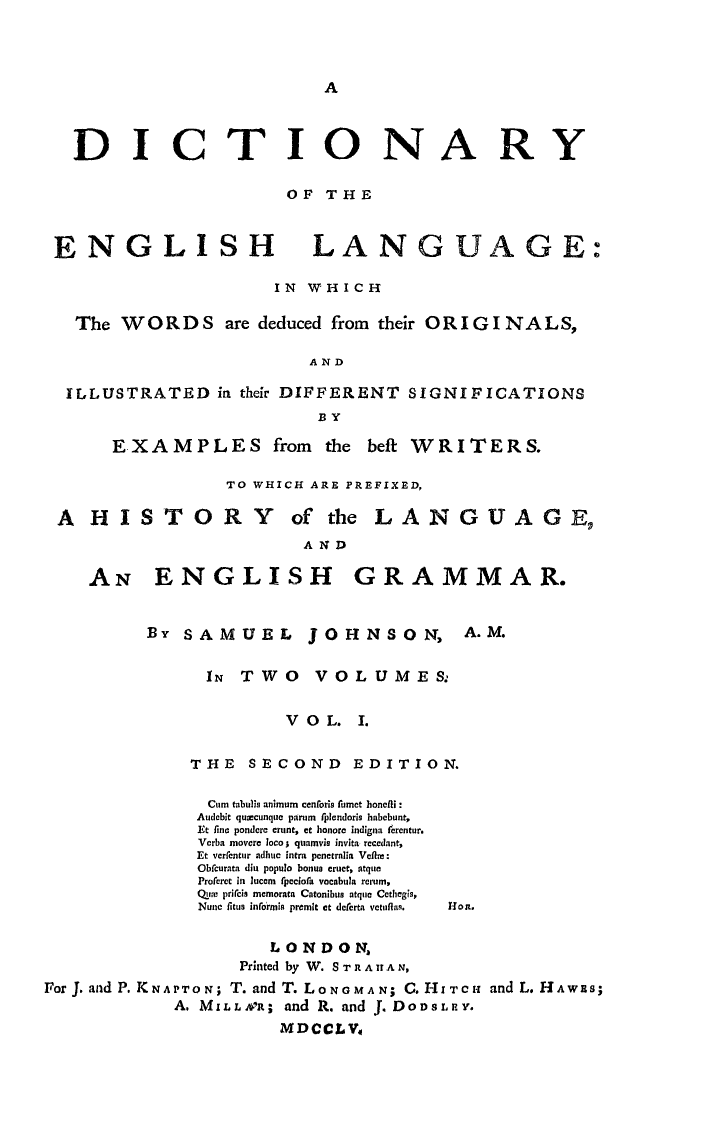You Could Look It Up has a modest little purview: all reference books in all genres in all languages from the beginning of time to yesterday. (The subtitle,
The Reference Shelf from Babylon to Wikipedia, hints at the range.)
Just how many reference books are there? No one knows, but the number is vast — far more than most people imagine. Major research libraries have entire rooms devoted to tens of thousands of reference books. There’s even a category called “bibliographies of bibliographies” — and, since the
Library of Congress Catalog now features 1,038 works labeled “bibliography of bibliographies,” it may be time for a bibliography of bibliographies of bibliographies.
No one has ever compiled a complete catalogue of all of the world’s reference books, and the task won’t be easy. Not all the world’s libraries have been catalogued; not all the library catalogues are available in electronic form; not all the electronic catalogues can be searched from a central location. And sometimes the query is too much for the catalogue. The Library of Congress Online Catalog, when asked to display all its holdings with the word
dictionary in the title, comes back with an
error message: “Your search retrieved more records than can be displayed. Only the first 10,000 will be shown.” The same thing happens when you search for
encyclopedia.

But we can get a rough idea of the magnitude of the task by searching a few major library catalogues. The
General Catalogue of the British Library, one of the world’s great collections, sports 35,650 titles that contain the word
dictionary; the
Catalogue Général of the Bibliothèque Nationale de France contains 42,162 works with
dictionnaire in their titles; the Deutsche National Bibliothek in Leipzig features 41,892 titles with the word
Wörterbuch; the Rossiiskaia Gosudarstvennaia Biblioteka in Moscow has 16,124 titles with
словарь (
slovar’); Spain’s Biblioteca Nacional de España has 12,563 titles with
diccionario; the Italian Biblioteca Nazionale Centrale di Firenze has 7,760 titles with the word
dizionario. We get similar figures for
encyclopaedia (18,482 in the British Library),
encyclopédie (24,273 titles in the Bibliothèque Nationale),
Enzyklopädie (8,549 in the Deutsche National Bibliothek), and so on.
The closest thing to a comprehensive library catalogue may be
WorldCat, the combined catalogues of 71,000 libraries from 112 countries, though even WorldCat is far from complete. There a search for
dictionary comes up with an overwhelming 311,602 books, 35,756 separately catalogued articles, 15,051 Internet resources, 2,637 computer programs, 1,859 periodicals, 824 sound recordings, 659 visual materials, 239 maps, 238 musical scores, 154 archival records, and 19 “updated resources,” for a total of 369,071 titles. Throw in the words for
dictionary in the other major European languages, and the total swells to 727,930. Another 259,724 records for
encyclopedia in the major European languages brings the total number of dictionaries and encyclopedias to nearly a million — and that’s in a single catalogue, far from complete, covering only the major languages of Europe. If it were possible to broaden the search further — covering every library; including Chinese, Japanese, Korean, Arabic, Hindi, Urdu, Bengali, Russian, and other languages whose speakers number in the hundreds of millions; and searching not only for dictionaries and encyclopedias, but also atlases, thesauruses, legal references, and so on — the number would be much higher.
The varieties are also innumerable. There are general dictionaries, learners' dictionaries, bilingual dictionaries, polyglot dictionaries, gardeners' dictionaries, legal dictionaries, and biographical dictionaries. There’s a German–Basque dictionary, an Italian–Armenian–Turkish dictionary, and a
Dictionary of Jewish Surnames from the Kingdom of Poland. There are general encyclopedias, technical encyclopedias, encyclopedias of the arts, encyclopedias of philosophy, encyclopedias of etiquette, encyclopedias of
Altertumswissenschaft. The
Star Trek Encyclopedia is now in its fifth edition, and competes with the
Encyclopedia of Trekkie Memorabilia. There’s an
Encyclopedia of R.F.D. Cancels, 281 pages on the postmarks used on Rural Free Deliveries, and an
Encyclopedia of Knots and Fancy Rope Work. Atlases range from the
Atlas of South Sarasota County to the
Atlas of South Asia to the
Atlas of Southern Milky Way.
You Could Look It Up will obviously cover only a tiny number of these reference works. I hope to tell the story of reference books from the beginning of literacy to the present by focusing on a few dozen hugely important reference books, with another few hundred providing context and background.
On this blog I'll be providing snippets of my work-in-progress, focusing on the most amusing and quirky projects I can find. I'll provide a "reference book of the day," and while I can't promise it'll be every day, I do hope to do at least a few posts a week, at least when I'm not traveling.

























